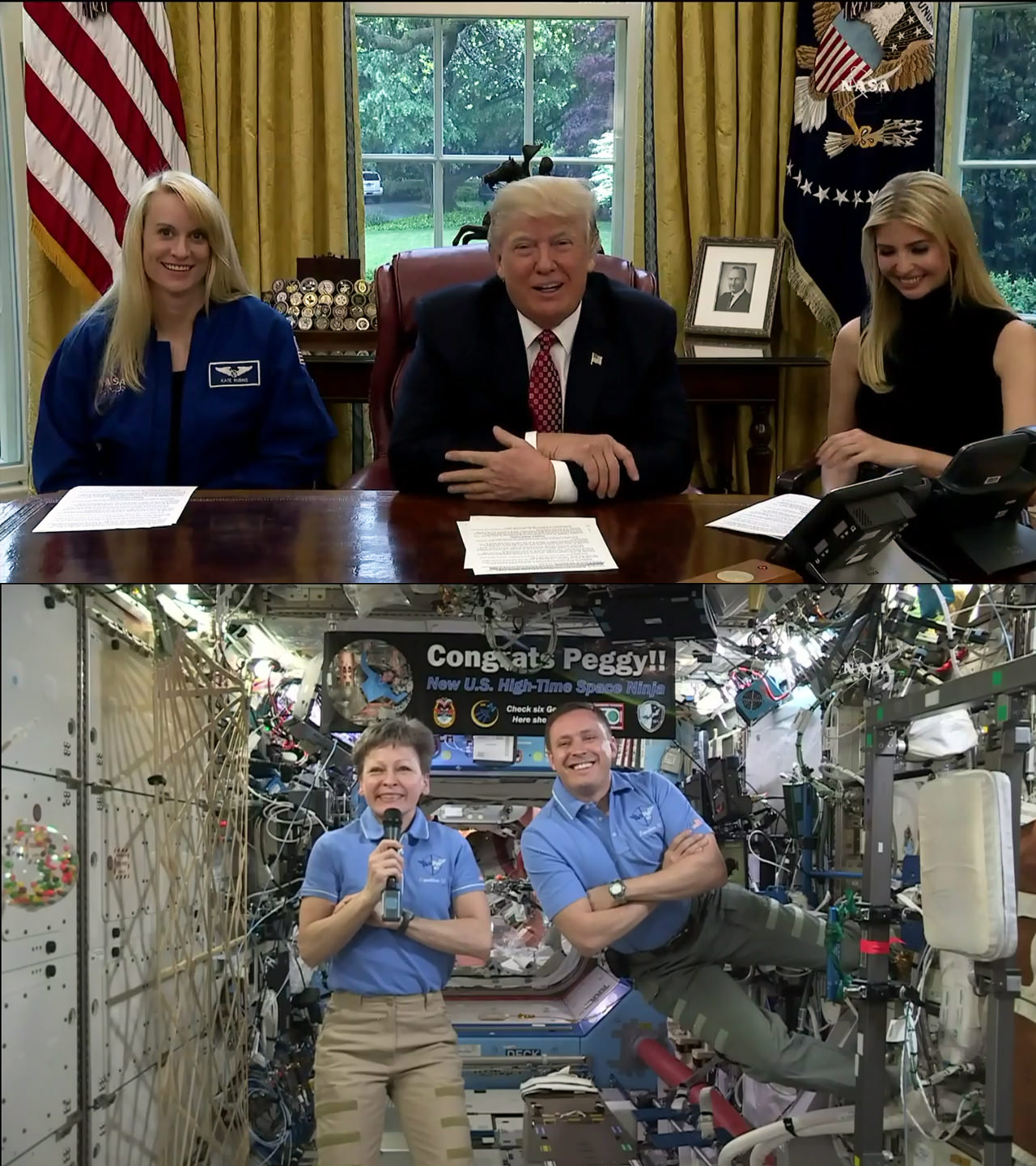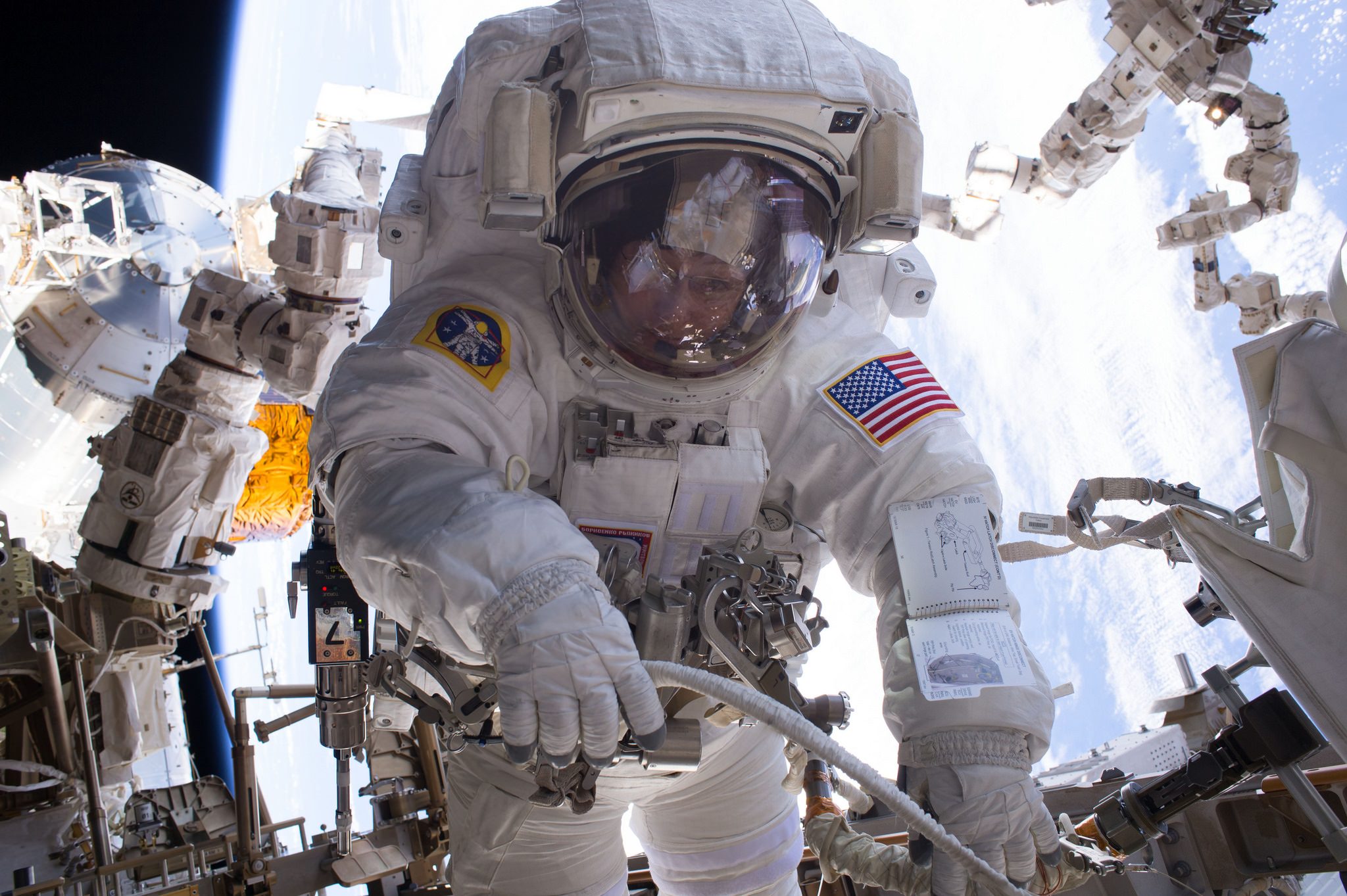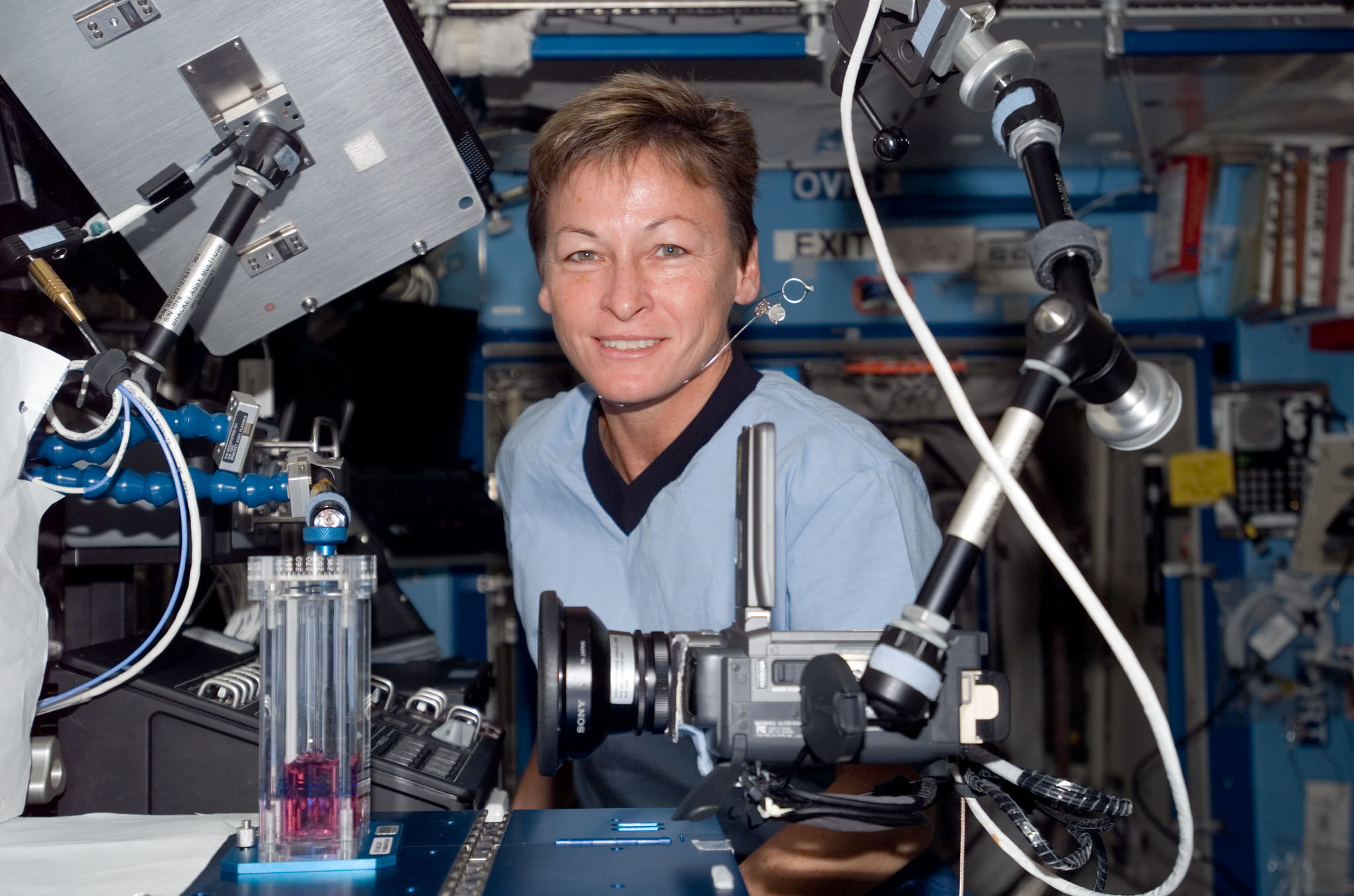
In the space of just 3 days, a pair of NASA astronauts conducted an unplanned and rapidly executed contingency space walk on the exterior of the space station on Tuesday, May 23 in order to replace a critical computer unit that failed over the weekend.
The spacewalk was conducted by Expedition 51 Commander Peggy Whitson – NASA’s most experienced astronaut – and Flight Engineer Jack Fischer aboard the International Space Station (ISS).
This marked the 10th spacewalk for Whitson – who already has the most cumulative spacewalk time by a female and the most time in space by a NASA astronaut. This was Fischer’s second spacewalk.
Furthermore Whitson now moves into third place all-time for cumulative spacewalking time totaling 60 hours, 21 minutes. Only Russia’s Anatoly Solovyev and NASA’s Michael Lopez-Alegria have more spacewalking time to their credit.

NASA managers ordered the spacewalk over the weekend when a computer unit known as multiplexer-demultiplexer-1 (MDM-1) unexpectedly failed Saturday morning, May 20 at 1:13 p.m. Central time.
The cause of the MDM failure is not known, says NASA. Multiple attempts by NASA flight controllers to restore power to the MDM-1 relay box were not successful.
The US dynamic duo successfully changed out the MDM computer relay box with a spare unit on board the station. They also installed a pair of antennas on the station on the U.S. Destiny Laboratory module to enhance wireless communication for future spacewalks.
The MDM functions as a data relay box and is located on the S0 truss on the exterior of the US segment of the ISS, thereby necessitating a spacewalk by astronaut crew members.
After NASA engineers thoroughly assessed the situation and reviewed spacewalk procedures on Sunday, May 21, they gave the go ahead for Whitson and Fischer to carry out the hurriedly arranged extravehicular activity (EVA) spacewalk on Tuesday.
Meanwhile, Whitson worked on Sunday to prepare the spare data relay box and test its components to ensure it was ready for Tuesdays swap out of the failed unit.
“The relay box, known as a multiplexer-demultiplexer (MDM), is one of two units that regulate the operation of radiators, solar arrays and cooling loops.” says NASA.
“Because each MDM is capable of performing the critical station functions, the crew on the station was never in danger and station operations have not been affected.”
The two MDM’s housed in the truss are fully redundant systems.
“The other MDM in the truss is functioning perfectly, providing uninterrupted telemetry routing to the station’s systems.”
The spacewalk began Tuesday morning, May 23 at 7:20 a.m. EDT when the two NASA astronauts switched their spacesuits to battery power.
While Whitson focused on the MDM swap, Fischer worked on the antenna installation.
The unplanned spacewalk marks the second this month by Whitson and Fischer. The first was on May 12 and the 200th overall. The Destiny module antenna installation was deferred from the May 12 spacewalk.
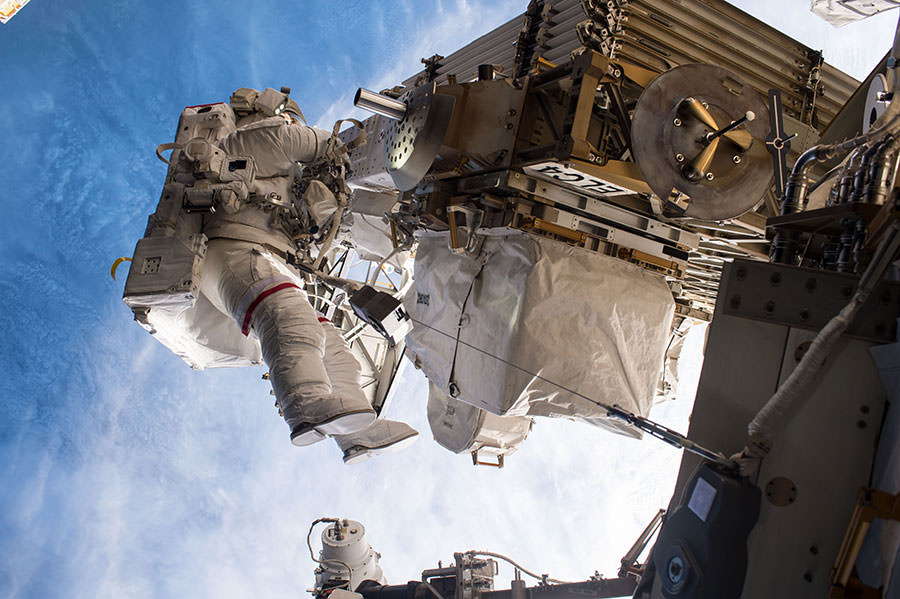
The relatively short EVA lasted a total of two hours and 46 minutes. It concluded at 10:06 a.m. EDT.
Overall this was the 201st spacewalk in support of the space station assembly, maintenance and upgrade. Spacewalkers have now spent a total of 1,250 hours and 41 minutes working outside the orbiting lab complex since its inception.
Spacewalk 201 was also the sixth spacewalk conducted from the Quest airlock in 2017 aboard the ISS.
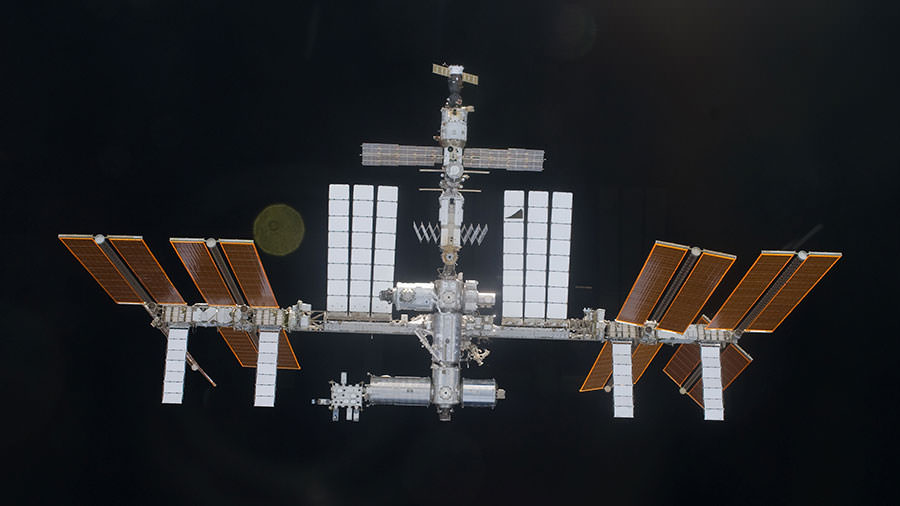
Stay tuned here for Ken’s continuing Earth and Planetary science and human spaceflight news.

